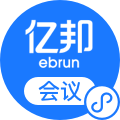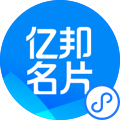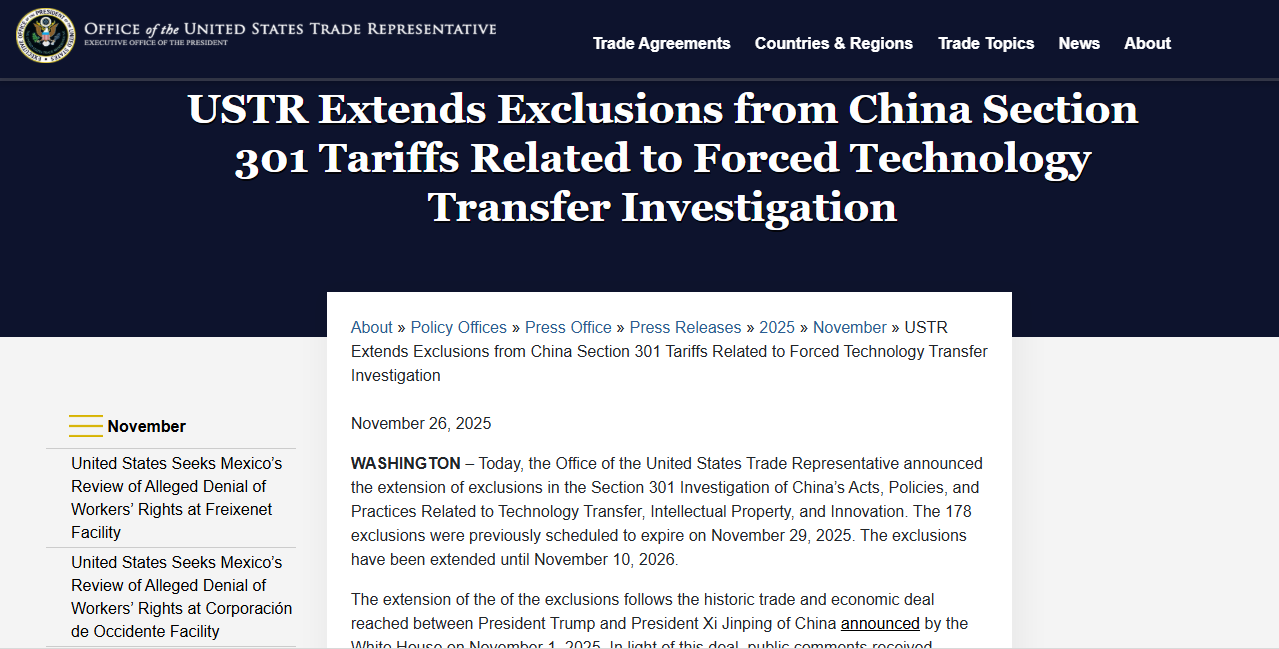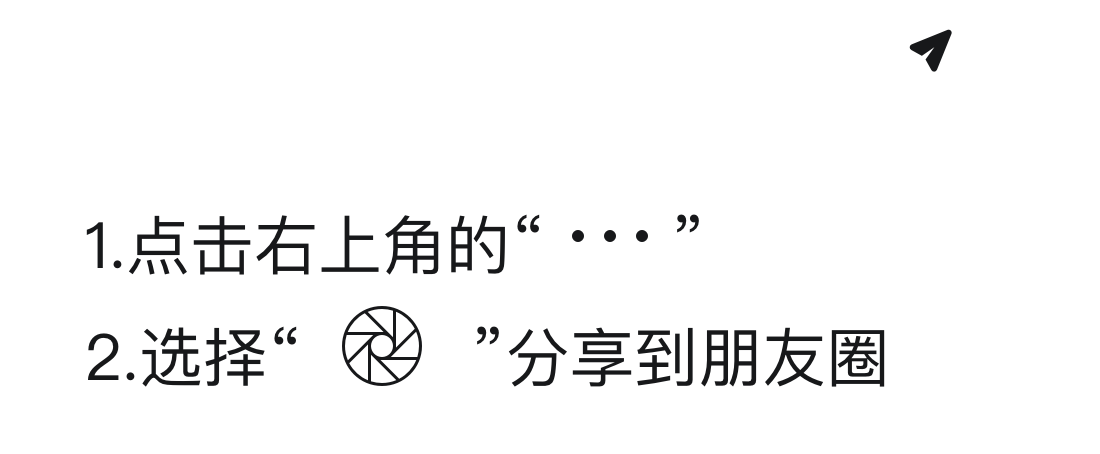美国政府延长部分商品关税豁免期至2026年11月10日,涉及178类科技产品,为相关卖家提供实操机会。
1. 豁免范围:涵盖14类太阳能制造设备和164类工业与医疗产品,如电动机、血压监测设备等;卖家销售这些商品在美国免缴额外关税。
2. 供应链影响:关键零部件(如电动机和印刷电路板)是美国制造体系核心,一旦关税恢复将推高成本,卖家需提前规划。
3. 政策背景:所谓“301调查”是美国单边贸易工具,历史上多次延长豁免,例如今年8月31日才延至2025年11月29日;这提供短期成本红利,但存在未来不确定性风险。
关税豁免政策影响品牌成本结构,涉及工业、医疗和消费电子领域,品牌商需关注产品研发与定价策略调整。
1. 成本控制启示:豁免清单内的电动机、血压监测设备等免关税,降低产品进口成本,品牌可优化定价竞争并增加研发投入。
2. 供应链风险:美国制造业高度依赖中国零部件(如印刷电路板),品牌需评估渠道稳定性以防关税波动导致供应链中断。
3. 用户行为观察:医疗设备、消费电子等产品需求可能因成本变化而波动,品牌可基于此研究消费趋势,探索数字化渠道建设。
美国延长关税豁免提供短期红利,卖家需解读政策风险与机会,制定行动应对措施。
1. 政策解读:豁免期延至2026年11月10日,178类商品免额外关税;如卖家销售清单内商品(如电动机),可降低成本提升竞争力。
2. 风险提示:豁免到期后关税可能恢复,推高整机制造成本;供应链依赖风险高,例如印刷电路板产能集中在中小企业,卖家需备库存或寻求替代。
3. 机会与学习:利用豁免期扩大出口市场,如太阳能设备领域;可学习美国政府多次延长做法以优化长期策略。
4. 扶持启示:检查豁免清单(如美国贸易代表办公室文件),结合电商平台合作规避风险。
政策豁免聚焦关键零部件生产,工厂可把握商业机会优化制造设计和数字化启示。
1. 生产需求:涉及电动机、印刷电路板等核心部件工厂订单增加;豁免降低出口成本,工厂可加速标准化生产以满足美国市场需求。
2. 商业机会:在供应链底部环节(如工业机械零部件),豁免期提供出口红利;风险在于关税恢复后成本上升,工厂需探索本地化或新渠道。
3. 数字化启示:美国依赖中国供应链(如中小批量PCB交付),工厂可借此推动电商化接单以提高效率。
行业趋势显示供应链痛点,服务商需提供关税风险解决方案。
1. 行业趋势:电子、医疗和制造业高度依赖中国零部件(如印刷电路板),关税豁免缓解成本压力,但单边“301调查”工具引发全球贸易不确定性。
2. 客户痛点:工厂和卖家面临关税恢复风险(如电动机供应中断),客户急需稳定供应链方案。
3. 解决方案:基于豁免清单,服务商可开发风险管理工具(如预测模型);新技术应用如数字化物流可帮助优化交付。
平台需处理政策风险,优化招商运营和风险管理。
1. 商业需求:平台处理跨境贸易商品(如豁免清单内的电动机),需调整服务以帮助卖家免关税,提升平台吸引力。
2. 平台做法:整合豁免信息进行招商宣传,吸引相关企业入驻;运营中需监控政策变化(如历史多次延长),以避免平台风险。
3. 风险规避:单边“301调查”可能引发贸易冲突,平台可建立预警机制规避风向损失。
政策动向揭示产业新问题,研究者可探讨政策启示和商业模式变化。
1. 新动向:美国多次延长豁免(如今年8月延至2025年),显示供应链脆弱性和贸易紧张;178类产品覆盖制造核心,影响全球产业布局。
2. 新问题:单边“301调查”与WTO义务冲突,引发政策不公争议;关键零部件依赖(如印刷电路板)暴露制造体系风险。
3. 政策启示:建议平衡多边贸易机制;商业模式启示:中小企业可探索分散化供应链以应对关税不确定性。
返回默认














